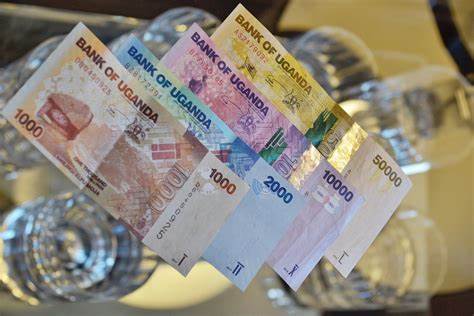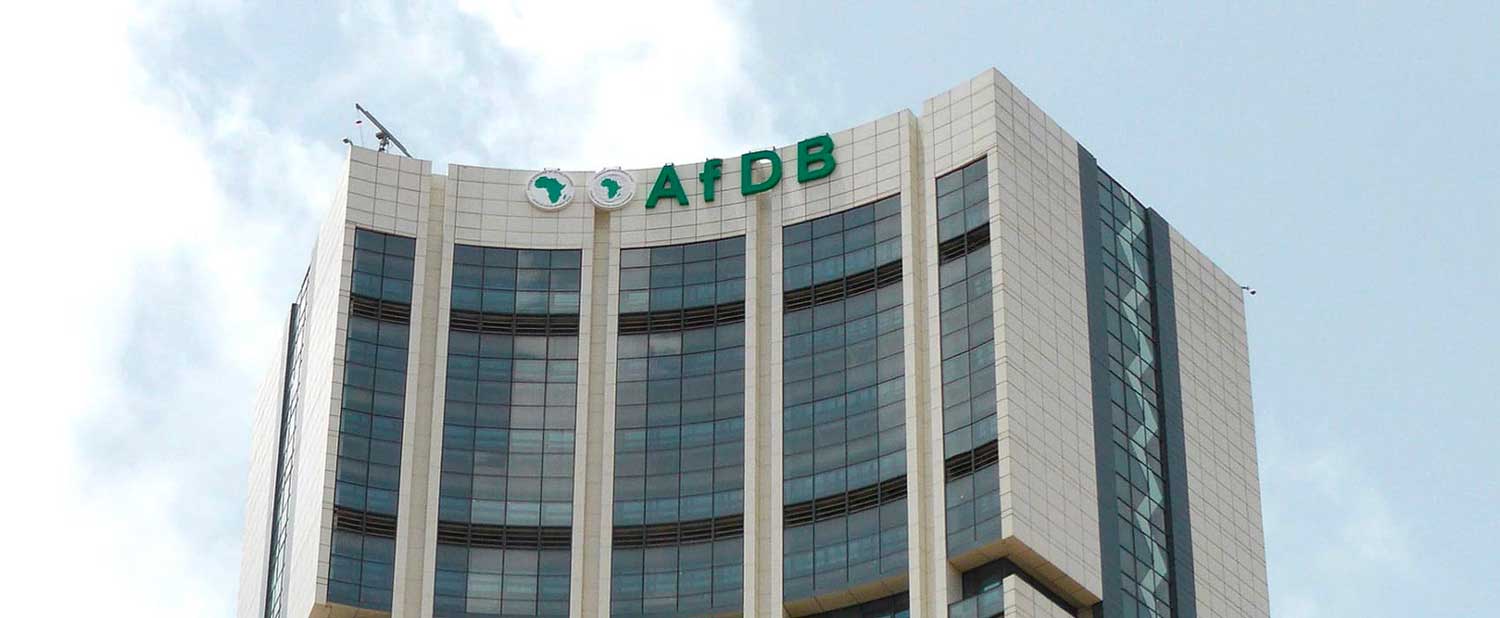Domestic Savings Hold Key To Uganda’s Capital Depth
Uganda targets patient capital to fund SMEs as GDP hits USD 53 bn, inflation 4.3%, and yields 16%; pension pools may shift 5% toward private assets while UGX=X stability and CL=F, XAUUSD benchmarks support external confidence.

Uganda’s growing debate over “patient capital” signals a recognition that short-term bank credit cannot deliver the investment depth needed to accelerate structural transformation. The economy, valued near USD 53 billion in 2025, is expanding at roughly 5.4% year on year, supported by stable inflation at 4.3% and a policy rate of 9.5% held by the Bank of Uganda since mid-year.
The shilling has traded around UGX 3,750 per USD (UGX=X) through Q3 2025, while public debt remains close to 50% of GDP. Yet more than 85% of private-sector financing still flows through commercial banks, and average SME loan maturities remain below 30 months—too short to finance agribusiness, manufacturing, or technology ventures whose payoff cycles run far longer.
The policy logic is straightforward. Patient capital extends investment horizons by accepting slower liquidity and variable returns, a precondition for scaling early-stage firms that cannot meet high collateral ratios. Most Ugandan banks demand collateral above 120% of loan principal, locking out start-ups with intangible assets or seasonal income streams.
Development banks and state programmes fill only part of the gap; the Uganda Development Bank’s SME window and the Enterprise Growth Fund together mobilise less than USD 200 million annually against an estimated USD 2.5 billion funding shortfall. Without deeper risk-tolerant pools, domestic innovation will remain undercapitalised, keeping productivity gains below potential.
Financially, patient capital compresses perceived risk premia by blending concessional and commercial funding. Instruments such as ten-year subordinated debt, convertible notes, or revenue-linked repayment facilities spread early losses over time and align investor returns with enterprise cash flow.
When anchored by partial guarantees or donor first-loss tranches, these vehicles can cut effective financing costs by 200–300 basis points relative to traditional bank loans. They also improve refinancing prospects once firms reach break-even, enabling banks to lend against cash-flow stability rather than fixed assets. The outcome is a gradual transfer of credit risk from the public to the private sphere without destabilising balance-sheet ratios.
Macro conditions reinforce the urgency. With external reserves near USD 4 billion and current-account pressures moderate thanks to strong remittances and coffee exports, Uganda’s challenge is domestic resource mobilisation. Treasury-bill yields average 12–13% for two-year paper and 16% for ten-year bonds, maintaining a steep curve that discourages long-term corporate issuance. Pension assets exceed UGX 23 trillion (about USD 6 billion) but remain concentrated in short-dated government securities. Redirecting just 5% of those holdings into regulated private-equity or blended-finance funds would release roughly USD 300 million per year for SME expansion without distorting portfolio duration or solvency metrics.
Comparative data illustrate the opportunity cost. Kenya attracted roughly USD 450–500 million in annual venture and growth-equity flows from 2021 to 2024 — 0.6% of GDP — while South Africa averaged 1.1%. Uganda’s ratio remains below 0.1%, reflecting limited investor pipelines and regulatory inertia. The regional evidence is consistent: economies that institutionalise patient capital through targeted tax incentives, SME exchanges, and transparent insolvency regimes achieve higher firm-survival rates and stronger export diversification. Capital-market deepening, therefore, is not a luxury but a mechanism for sustaining the post-oil transition.
Market behaviour already mirrors this structural gap. The Uganda Securities Exchange remains thinly traded, with annual turnover below USD 10 million and limited float across listings such as BAT Uganda (USE:BATU). Equity illiquidity and the high cost of debt reinforce short-termism, prompting corporates to delay capex or rely on retained earnings. Introducing longer-horizon funds could flatten the sovereign yield curve by expanding non-bank duration appetite, improve term-loan availability for manufacturers, and lower refinancing risk across the credit spectrum. Stable external commodities such as oil (CL=F) and gold (XAUUSD) provide a favorable macro backdrop; the constraint is domestic intermediation, not terms of trade.
Forward validation will determine whether rhetoric becomes reform. By end-2027, measurable success would include annual venture inflows above USD 300 million, average SME loan tenors extended to 48 months, pension allocations to alternative assets reaching 5% of portfolios, and an SME board on the local exchange with at least ten listings and turnover exceeding USD 50 million.
Macro confirmation would show the UGX maintaining stability within a +/- 3% band over 90 days, inflation anchored between 4 and 6%, and ten-year bond yields easing 100–150 basis points as market depth improves. Meeting these thresholds would signal that Uganda’s shift toward patient capital is compressing financing costs and re-pricing long-term risk.
Falling short would indicate structural inertia, keeping Africa’s youngest entrepreneurial base reliant on short-term credit and donor programs instead of sustainable domestic investment.





